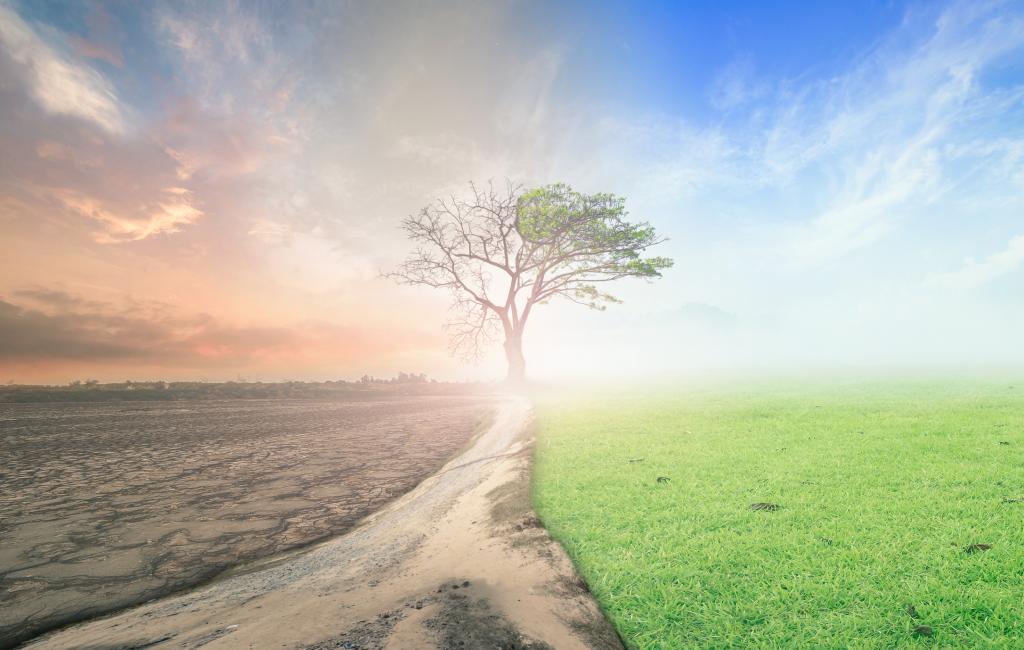The crossroads, however, is not new. In 1972, the Stockholm Declaration, which gave rise to World Environment Day, proclaimed that: “A point has been reached in history when we must shape our actions throughout the world with a more prudent care for their environmental consequences.” In the decades that ensued, despite considerable efforts to address accelerating environmental crises, it is clear that we have not strayed far from the path of business as usual.
If the current pandemic has contributed to defining more starkly the crossroads we are at, it also affords the chance learn something about our current condition.
The COVID-19 pandemic has brought into sharp relief the inequality that continues to fracture and fragment the vision of “Only One Earth,” which inaugurated the first World Environment Day in 1974.
As the pandemic ravages countries with advanced health care systems, it has also highlighted the dangers of denying its risks and of peddling ill-founded myths of exceptionalism.
The failure of many governments to respond effectively to the spread of COVID-19 early this year, or their propensity to downplay or dismiss it all together, exposes how readily threats whose gravity and magnitude are difficult to comprehend can be denied or ignored, even when evidence and warning-signs are at hand.
Yet, as confinements and lockdowns worked to keep people apart, they also revealed the many forms of our relatedness. We have glimpsed our substantial capacity to act to collectively and with responsive solidarity.
In a year, when biodiversity is the theme of World Environment Day, the zoonotic origins of COVID-19 serve as a further reminder not only the diversity of life on this planet, but of how life itself is relational.
Over the last months, arresting images and statistics depicting declines in CO2 emissions and air pollution offered new ways of perceiving the atmosphere not as a gaseous blanket that encircles our planet, but as a relation in which we are bound through everyday practices and habits, and wider political and economic systems.
Today, the call of the Stockholm Declaration—“to shape our actions…with a more prudent care”—resonates with new poignancy. In 1972, the first photo of our planet from space made it possible to see the isolation of Earth in a larger universe. Forty-eight years later, in the midst of the COVID-19 pandemic, it remains to be seen whether we can grasp relatedness as a condition of life on it.



